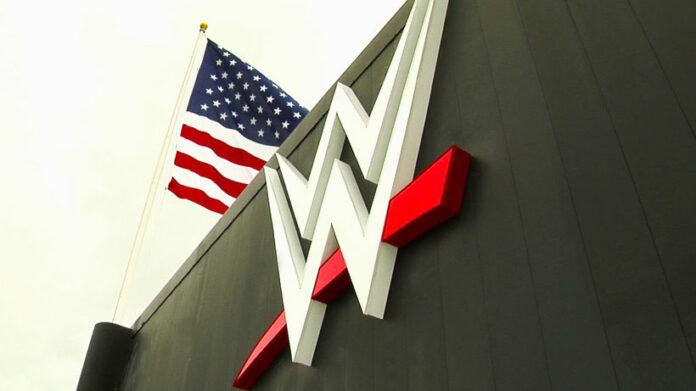
Why The Ratings Dip?
Modern-day WWE is a confusing paradox as it still feels like it is incredibly popular, but is, in fact, struggling with a massive slump in ratings. With a longstanding wrestling monopoly, the WWE roster is huge and talented, yet it seems incapable of arresting public attention, with viewing figures down almost 50% over this decade.
The financial success of WWE is not usually in question, but it seems intent on exploiting fans rather than attracting a new generation of supporters. It is struggling to remove itself from the concept of “fake wrestling” and rebranding as “sports entertainment,” but fans don’t seem to be buying it. 2019 holds a large number of important challenges if the world’s biggest promotion is to retain its position in the face of fierce new competition.
Understanding the issues and navigating the lethargy of WWE fans means something creative and compelling is critical and needs to be seen now, rather than later.
Declining TV Audience
WWE recently landed a $1 billion TV contract with Fox, due to start in October. As part of the new action, ‘SmackDown’ will move to the network’s shiny, new weekend sports run. Everything announced about the new contract sounds great, except for the ever decreasing audience of WWE fans.
Reportedly, Fox is demanding viewership for SmackDown Live events as an average of 3.3 million each week. This is from a company on the slippery viewing slope, meaning an increase of over 50% in viewers. To add to this, it has a serious new competitor in All Elite Wrestling. Despite a highly talented roster, nobody at WWE is encouraged to stand out, with fans crying out for the delivery of something inspired and edgy to return them to viewing.
Fans Are Getting Older
What exactly is going on? One of the main reasons WWE viewership is down is that younger viewers are switching off, and the average age of WWE fans is now in the 50s. No other sport has seen its average viewing age increase like this; in 26 years since 2000, down from a median age of 28. Those that joined the boom in the late 1990s are still around, but WWE seems incapable of replenishing them with young, new fans.
One of the contributing factors could be the PR approach adopted by WWE to attract more youngsters, which seems to be doing the exact opposite. Engaging with a young audience means generating creativity and innovation, for example, creating a WWE-themed slot or game. If you visit any top casino like Grand Mondial, it is immediately evident how big TV series like Narcos and Game of Thrones target a younger audience with the help of themed games. Clearly, WWE must change tactics, diversify its audience and create interest quickly if it is to survive.
Live Event Slump
WWE’s financial report also revealed an alarming slump in its live events, which is a huge barometer of public interest. With a 15% decline in show revenue and a drop in attendance of 8.2% and 17.6% abroad, it’s another primary concern. The reasons for this are similar to TV, and although WWE would have us believe the absence of big stars is the main reason, this is considered by many to be a lame excuse for a lacklustre product.
WWE operates with the mindset that stars should not become bigger than the brand, but fixing this downward trend must be a priority. Empty seats for a market leader are unimaginable in the wrestling market, and fixing it means the need to identify and eliminate the problems which are fast dampening the enthusiasm of the audience.
Competition For Other Promotions
The term ‘competition’ in professional wrestling is commonly misunderstood. It is not necessarily another promotion threatening WWE, it is also the process of competing independently for third-party business. WWE is experiencing turbulent times, and for the first time has a direct threat from several new, exciting promotions. Their market share is being dented by fast-growing names like AEW, and it’s a challenging time.
This new competition might just shake WWE from its creative complacency and how it impacts the business will be interesting to watch. The amazing growth of AEW has everyone on their toes and means that every area must be looked at to mitigate the risks. If it results in WWE audiences being kept entertained with improved glitz, glamour and fighting styles, then it’s an exciting time for us all.
WWE Changing Plans Frequently Creates Confusion
WWE has been catapulted into disarray with these issues and is struggling to produce compelling programming. Its decisions are beginning to demonstrate its most worrying problem – a lack of longer-term planning, which is confusing its audience. For instance, in the year to April 2019, there were reportedly 237 announcements relating to SmackDown and Raw, but just 95 actually happened.
With major upheavals to WWE’s creative team recently, it might not matter to fans if the inconsistent, last-minute decisions resulted in a better product. As this is not the case, WWE needs to demonstrate consistency or the alarming disconnection with fans will simply continue to grow. And that means the audience will shrink further. The answers are simple to most fans; the question is, will WWE see it and rise to meet the challenge?







